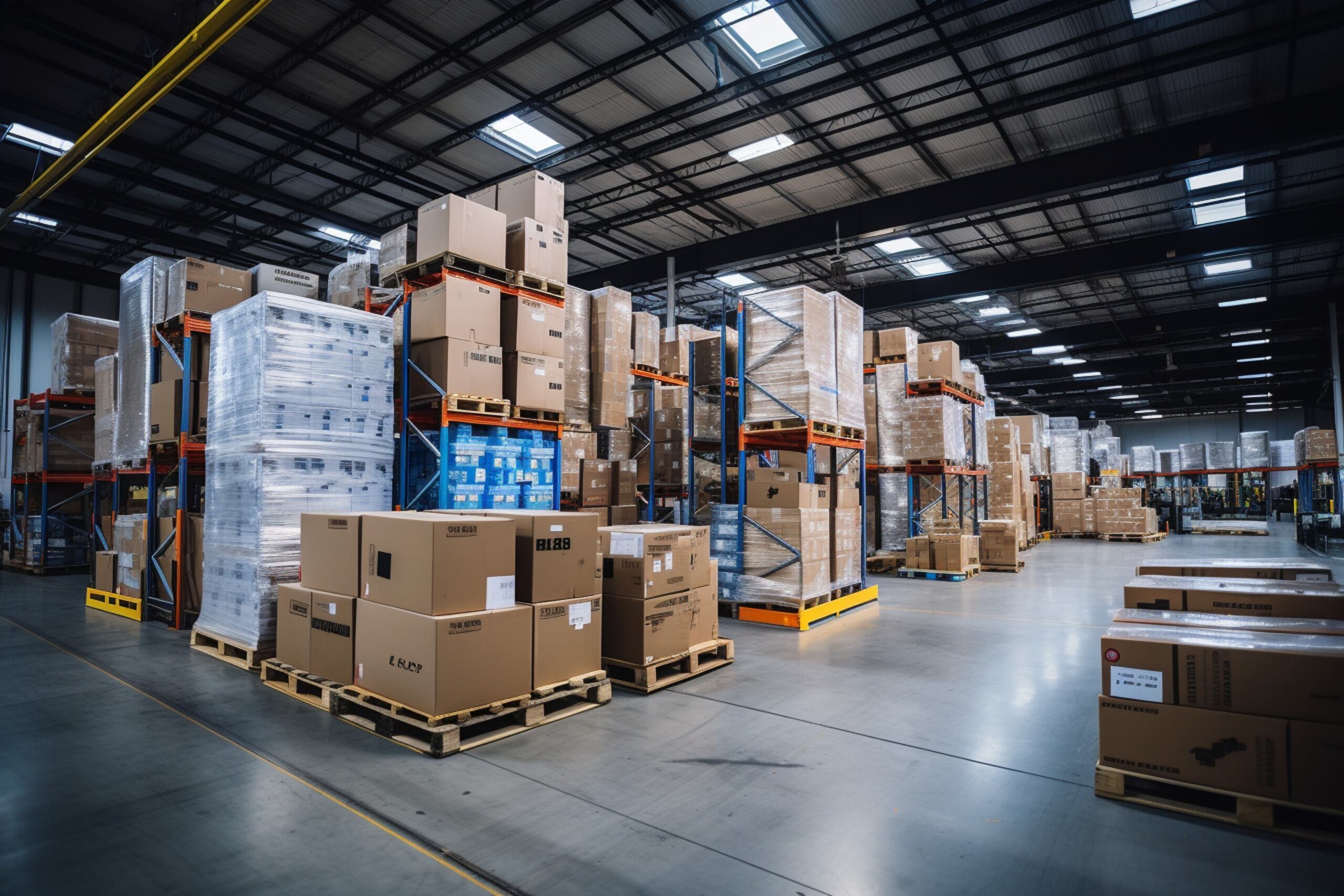In the fast-paced business world, efficient inventory replenishment is crucial for maintaining a competitive edge. Manual processes, once the norm, are now being replaced by cutting-edge automation technologies that promise to streamline operations, reduce errors, and boost overall productivity.
The Challenge of Traditional Inventory Replenishment
Traditional inventory replenishment methods often involve time-consuming manual tasks such as monitoring stock levels, placing orders, and updating records. These processes are prone to human error and hinder businesses’ ability to adapt swiftly to changing market demands. As companies strive to meet customer expectations for quick delivery and maintain optimal stock levels, the need for a more sophisticated approach becomes apparent.
Enter Automation Technologies
Automation technologies, including artificial intelligence (AI), machine learning, and advanced software solutions, are revolutionizing how businesses manage their inventory replenishment processes. Let’s delve into some key strategies that leverage automation to enhance efficiency.
Real-time Inventory Monitoring
Automation allows for the continuous monitoring of inventory levels in real time. RFID (Radio-Frequency Identification) and IoT (Internet of Things) sensors can be integrated into the warehouse infrastructure to provide instantaneous updates on stock levels. This enables businesses to react swiftly to fluctuations in demand, preventing stockouts or overstock situations.
Automated Order Placement
Instead of relying on manual order placements, automation technologies enable the automatic generation and placement of purchase orders when inventory levels reach predefined thresholds. This saves time and reduces the risk of human error associated with manual ordering processes.
Supplier Collaboration Platforms
Automation facilitates seamless communication with suppliers through dedicated platforms. These platforms can provide suppliers real-time information on inventory levels and demand forecasts, fostering a collaborative and responsive supply chain. Automated communication ensures that suppliers are aware of inventory requirements, helping to avoid delays in replenishment.
Optimizing Warehouse Operations with Robotics
Robotic process automation (RPA) and autonomous robots can be deployed in warehouses to streamline various tasks, including picking, packing, and sorting. By automating these processes, businesses can significantly reduce the time it takes to replenish inventory, ultimately improving overall operational efficiency.
In the rapidly evolving landscape of inventory management, embracing automation technologies is no longer a choice but a necessity. As we move towards a more automated future, the key to success lies in leveraging these technologies to create agile and responsive supply chains that can adapt to the ever-changing demands of the modern consumer.
Want to learn how to eliminate replenishment? Click here!

